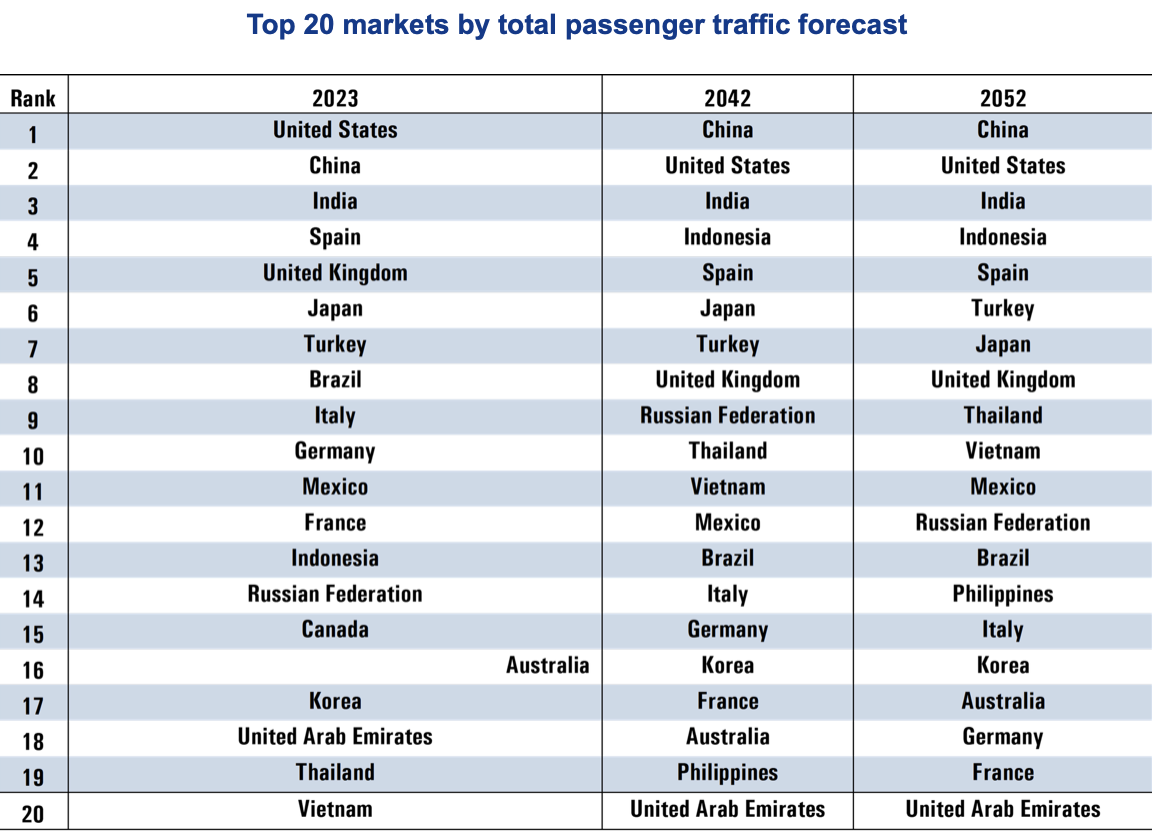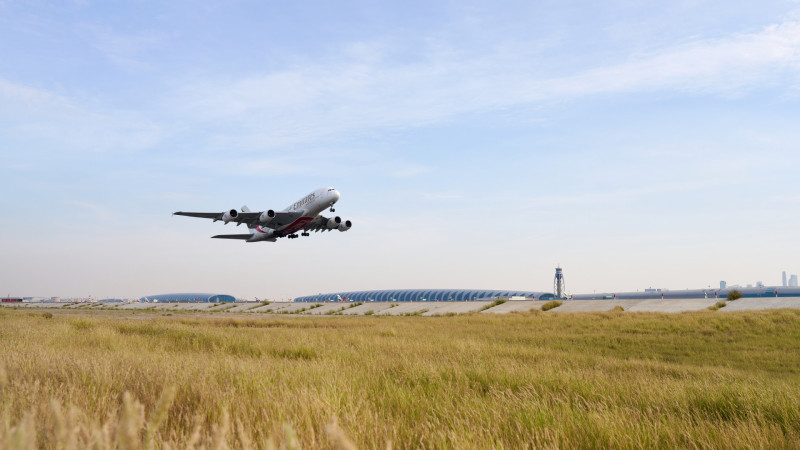INTERNATIONAL. Global passenger numbers are expected to reach 17.7 billion by 2043 and 22.3 billion by 2053, the latter figure nearly 2.4 times higher than in 2024. That’s according to the report Airport Traffic Forecasts 2024–2053, released today by Airports Council International (ACI) World.
The new forecasts, which cover 99.8% of global markets across 161 countries, highlight a compound annual growth rate (CAGR) of +3.4% from 2024 to 2043, with a slightly slower CAGR of +3% from 2024 to 2053.
The projections indicate a steady upward trajectory in global aviation, driven by factors such as rising middle-class travel demand in emerging markets, strengthened international travel, and continued investments in airport infrastructure.

Short-term challenges include geopolitical tensions, economic instability, trade shifts like reintroduced tariffs and supply chain bottlenecks, which may slow recovery in some regions.

ACI World Director General Justin Erbacci commented: “Despite the challenges in the near term, global air travel is poised for steady, sustained growth. It is crucial for airports, airlines, and policymakers to take bold, forward-thinking action to anticipate and meet the demands of the future. ACI World remains unwavering in its commitment to support its airport members, helping them navigate evolving dynamics and seize opportunities ahead.”
Key highlights
- Domestic vs. international: International passenger traffic is expected to grow at a faster rate than domestic traffic over the next three decades. From 2024 to 2053, international traffic is forecast to grow at a CAGR of +3.3%, while domestic traffic will expand at a slightly slower pace of +2.8%.
- Growth in emerging markets: The forecast highlights continued strong growth in emerging markets, driven by a rising middle class and increasing demand for air travel. Investments in airport infrastructure in these regions will play a key role in supporting this expansion. ✈












